Daan Roosegaarde’s Space Waste Lab launches into orbit
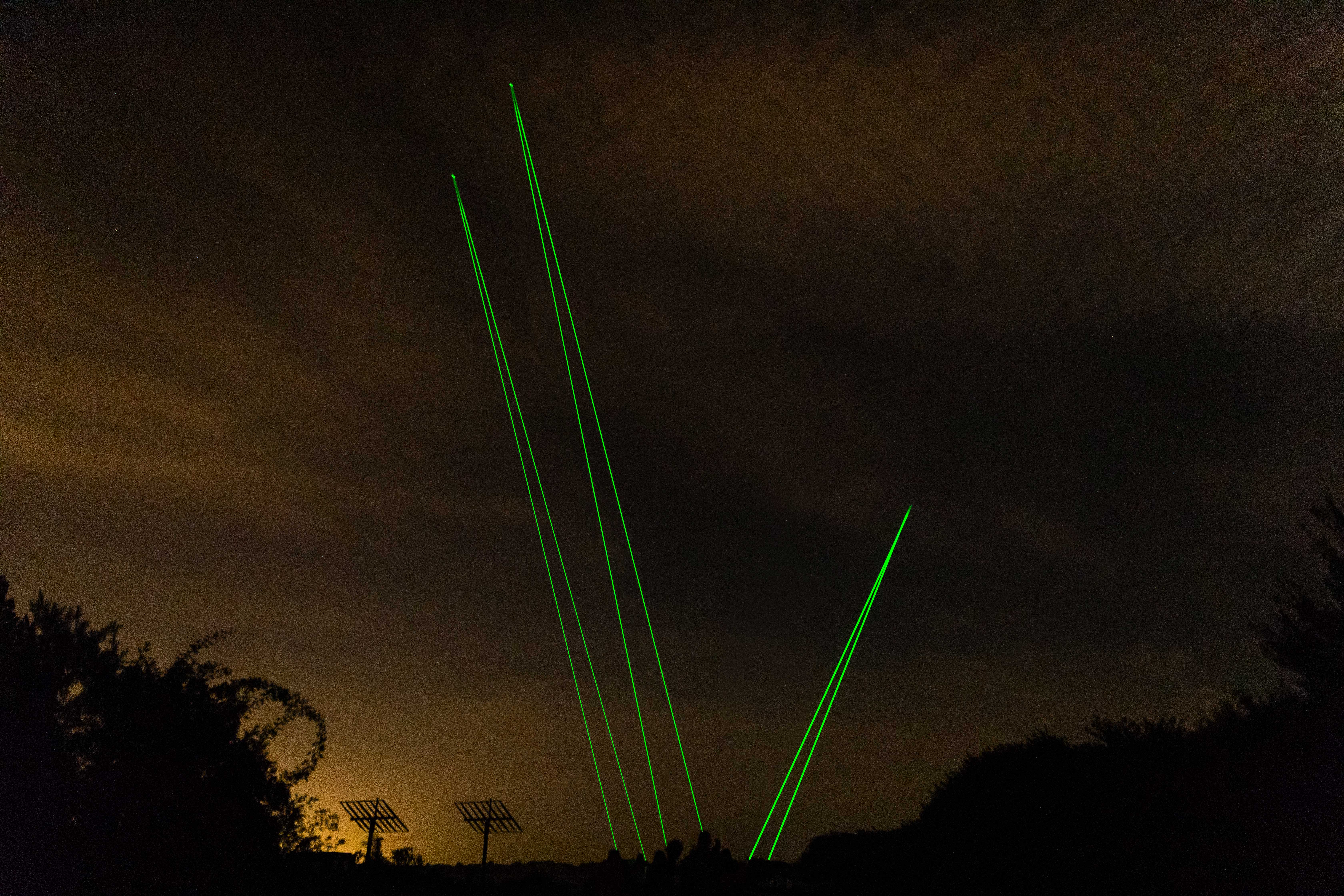
Since establishing his design studio in Rotterdam a decade ago, Daan Roosegaarde has created energy-neutral street lighting, energy-generating kites, an on-demand aurora borealis to illustrate the threat of rising water levels and, most famously, a smock-sucking tower. His latest mission is to dam or divert orbiting streams of space trash; 29,000 satellite bits and rocket pieces which, if left unchecked, threaten to block escape routes out of the earth’s atmosphere. Or at least wipe out your wi-fi for a good while.
On 5 October, his studio launched Space Waste Lab, the first move in a long-term effort to take down, or better up-cycle, as much of this orbital junk as possible. To kick-start a space waste expo and symposium, Roosegaarde and his team set up camp at the KAF cultural centre in Almere in the Netherlands and aimed high-powered LEDs at scrap metal orbiting at altitudes of anywhere between 200 and 20,000 kilometres (they had spent a year-and-a-half working with space agencies to developing tracking technology and obtain the requisite safety approvals).
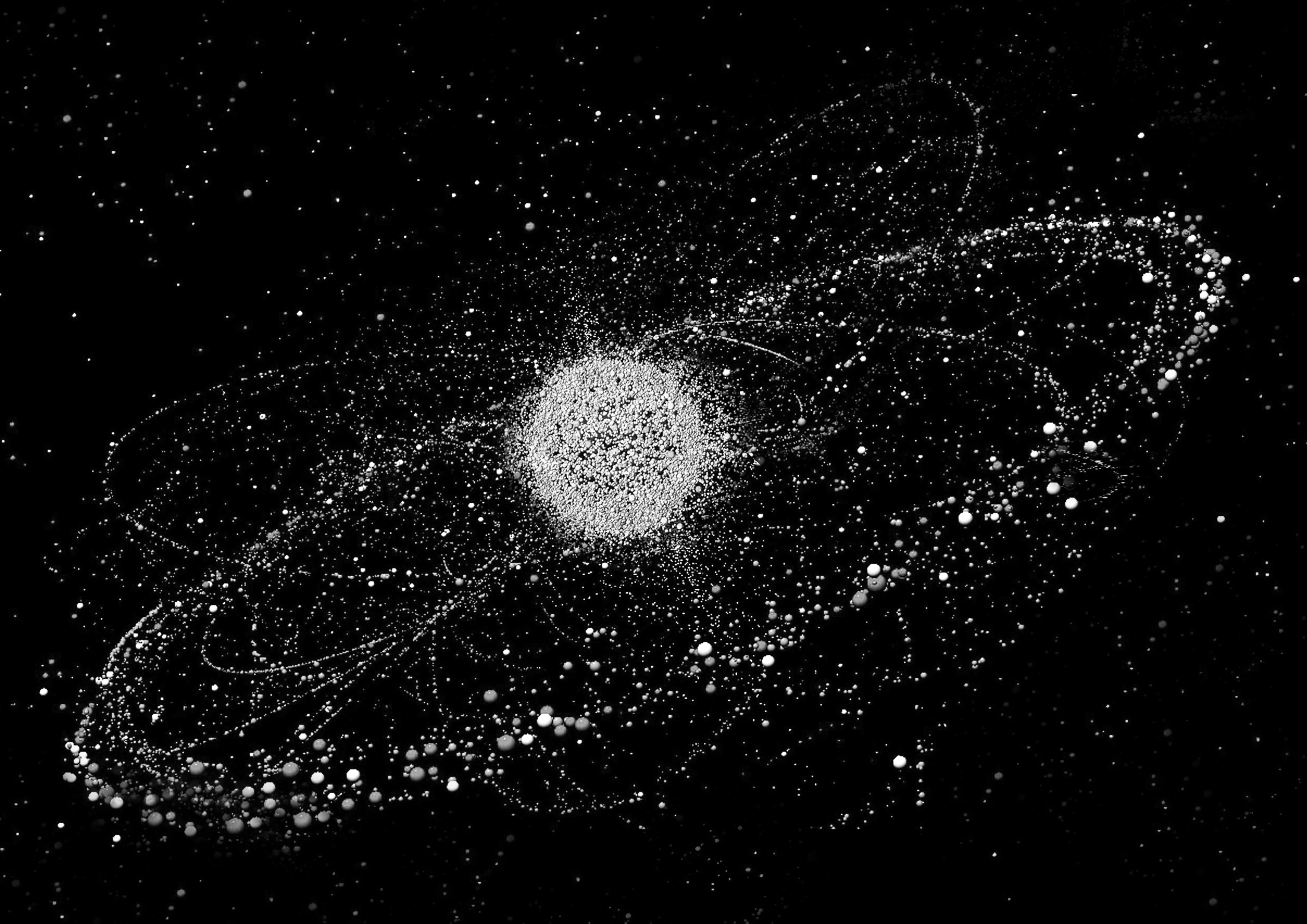
The installation highlights one per cent of the planet’s orbiting waste.
This spectacular light-show, with monthly repeats through to January next year, is an effort to illuminate and pin-point just one per cent of the space trash more than 10 cm long (pieces much smaller than this, some travelling at a speed of 25,000 kmh, can also cause catastrophic damage to satellites but they are almost impossible to map).
The three-month-long space waste expo, put together with advisors from NASA and the European Space Agency, includes workshops or ‘living labs’. Amateurs and professionals, scientists and schoolchildren, alike are encouraged to come along and throw in their own ideas and suggestions.
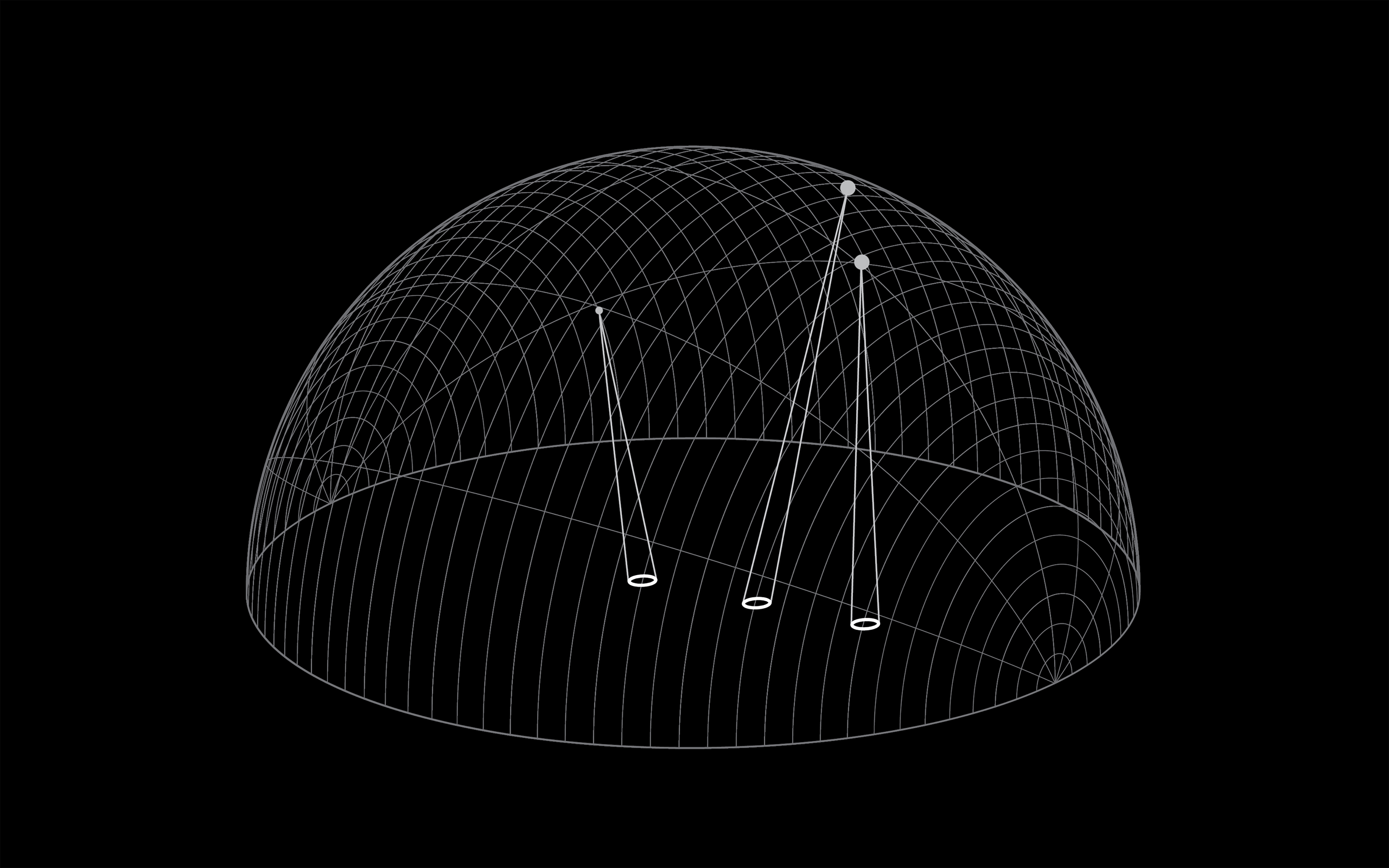
Captured in real-time, the waste is found at an altitude between 200 and 200,000 km.
‘We need to look at space in a better way,’ says Roosegaarde. ‘What is space waste, how can we fix it, and what is its potential? Can we use space waste as a source material to 3D print houses on the moon, or use it to create artificial falling stars opposed to polluting fireworks?’
ESA Director Franco Ongaro has worked with Studio Roosegaarde in developing the Space Waste Lab. ‘I’m a strong believer in cooperation between technologists and artists,’ he says. ‘We believe in what we do as a service to society, but we are often unable to communicate its worth effectively enough. Artists not only communicate vision and feelings to the public, but help us discover aspects of our work which we are often unable to perceive. This cooperation is all the more important when dealing with issues like space debris, which may one day impact our future, and our ability to draw maximum benefits from space. We need to speak in different ways, to convey not just the dry technological aspects aspect of technology, but the emotions involved in the struggle to preserve this environment for future generations.’
Watch Space Waste Lab in action
Receive our daily digest of inspiration, escapism and design stories from around the world direct to your inbox.
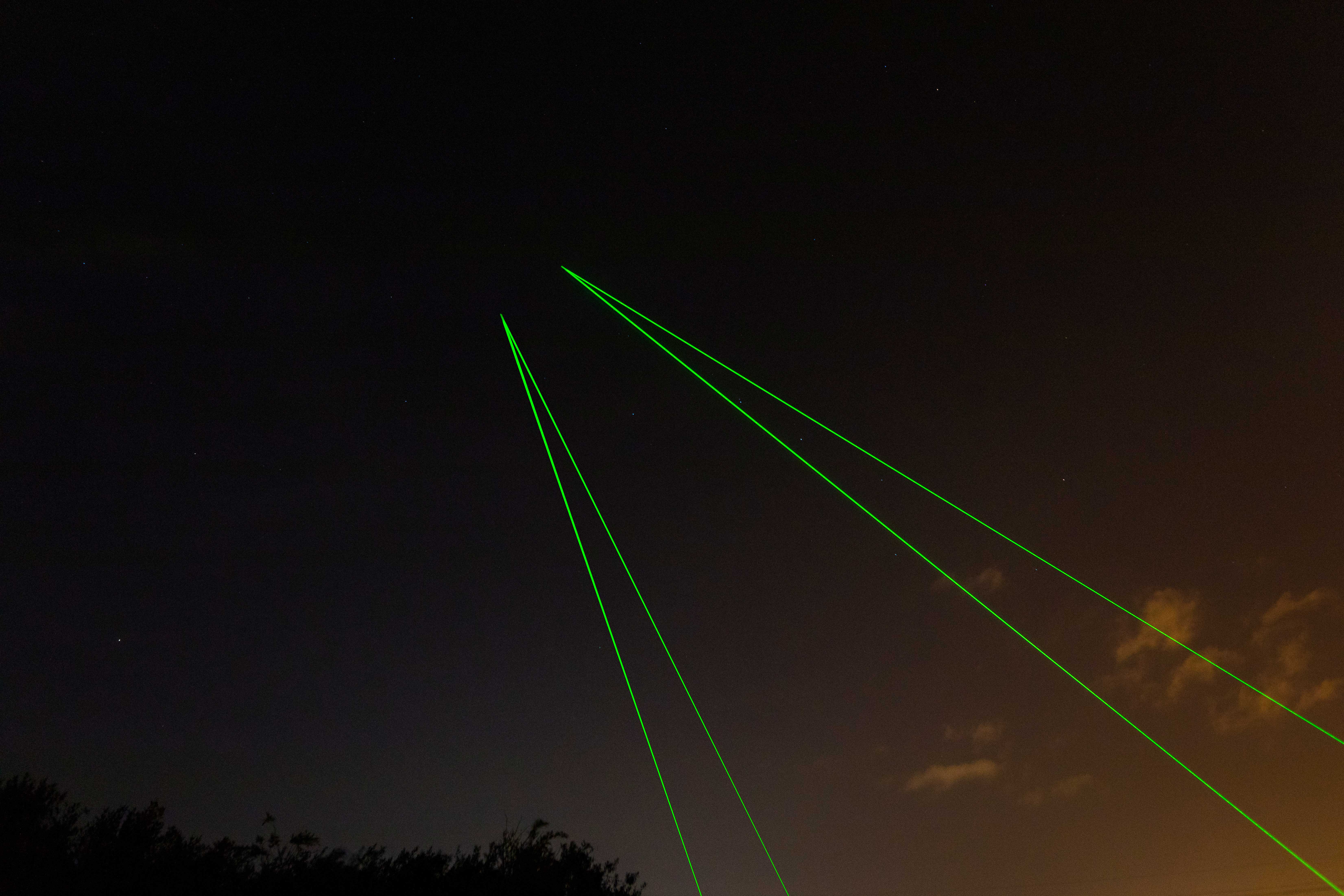
The installation considers the waste parts and debris from spacecraft that are disturbing our digital communications, by colliding with satellites
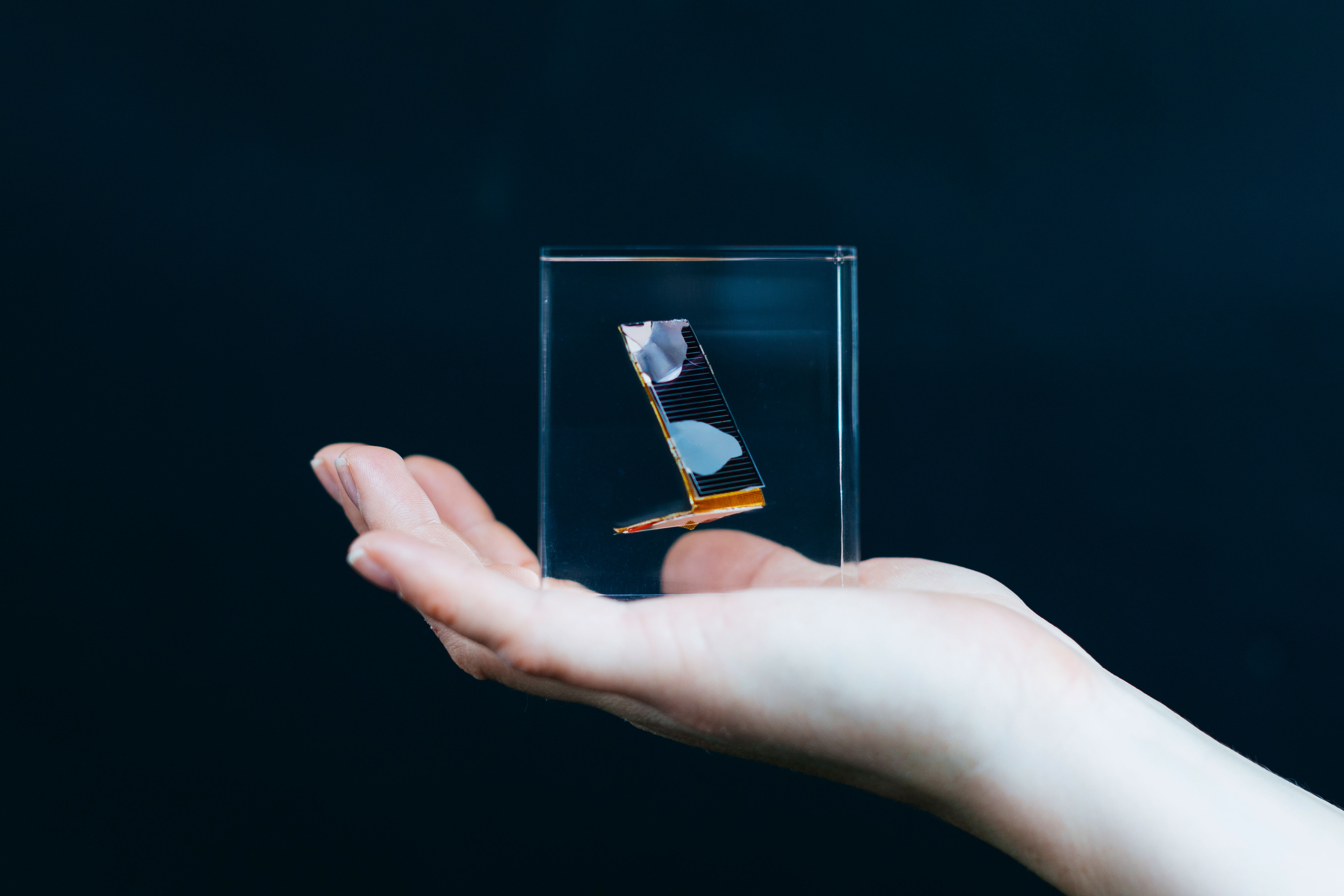
Around 29,000 waste objects larger than 10cm are estimated to be orbiting Earth
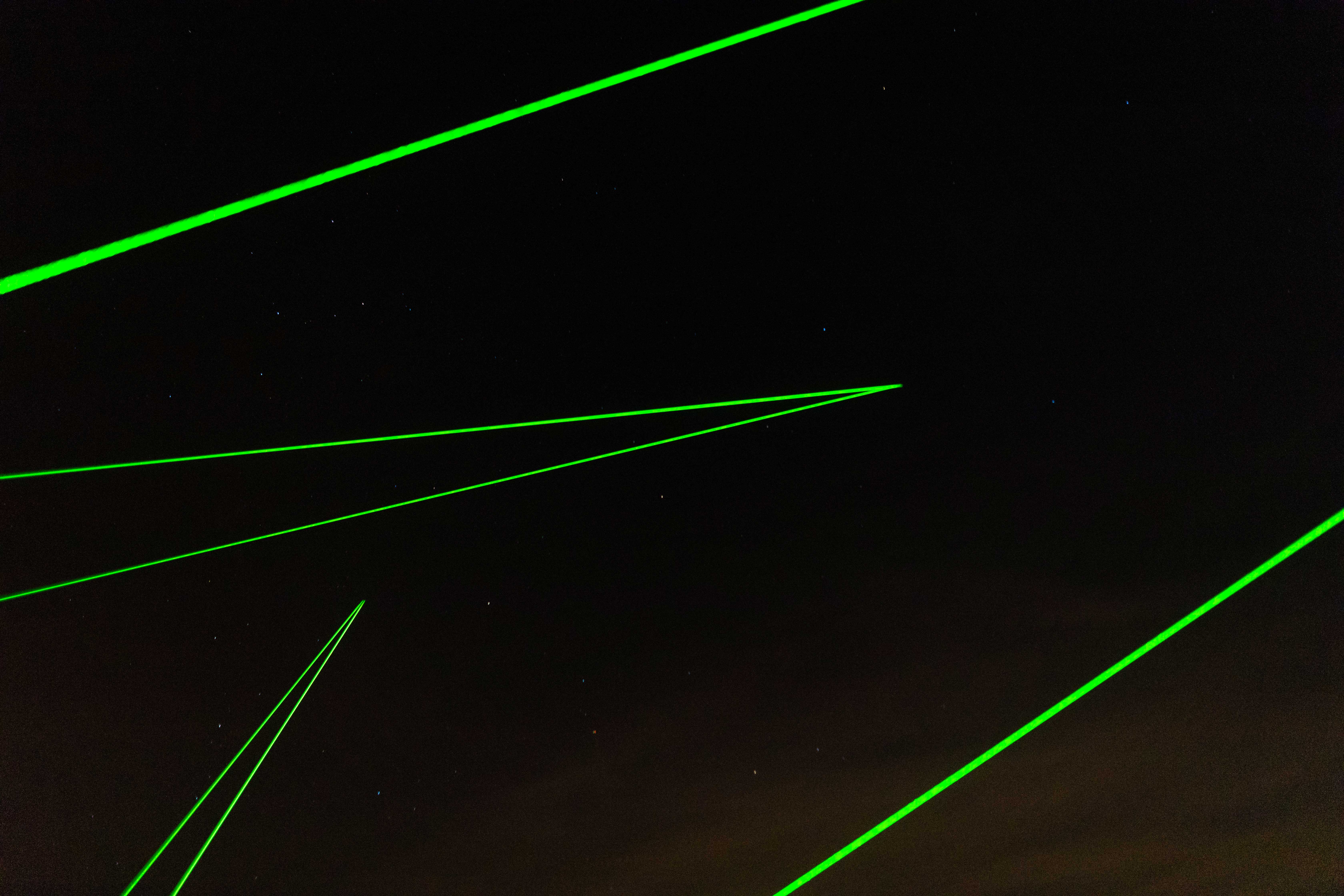
Vertical lines of light are beamed into outer space, connecting the planet with the pollution
INFORMATION
For more information see the Studio Roosegaarde website
-
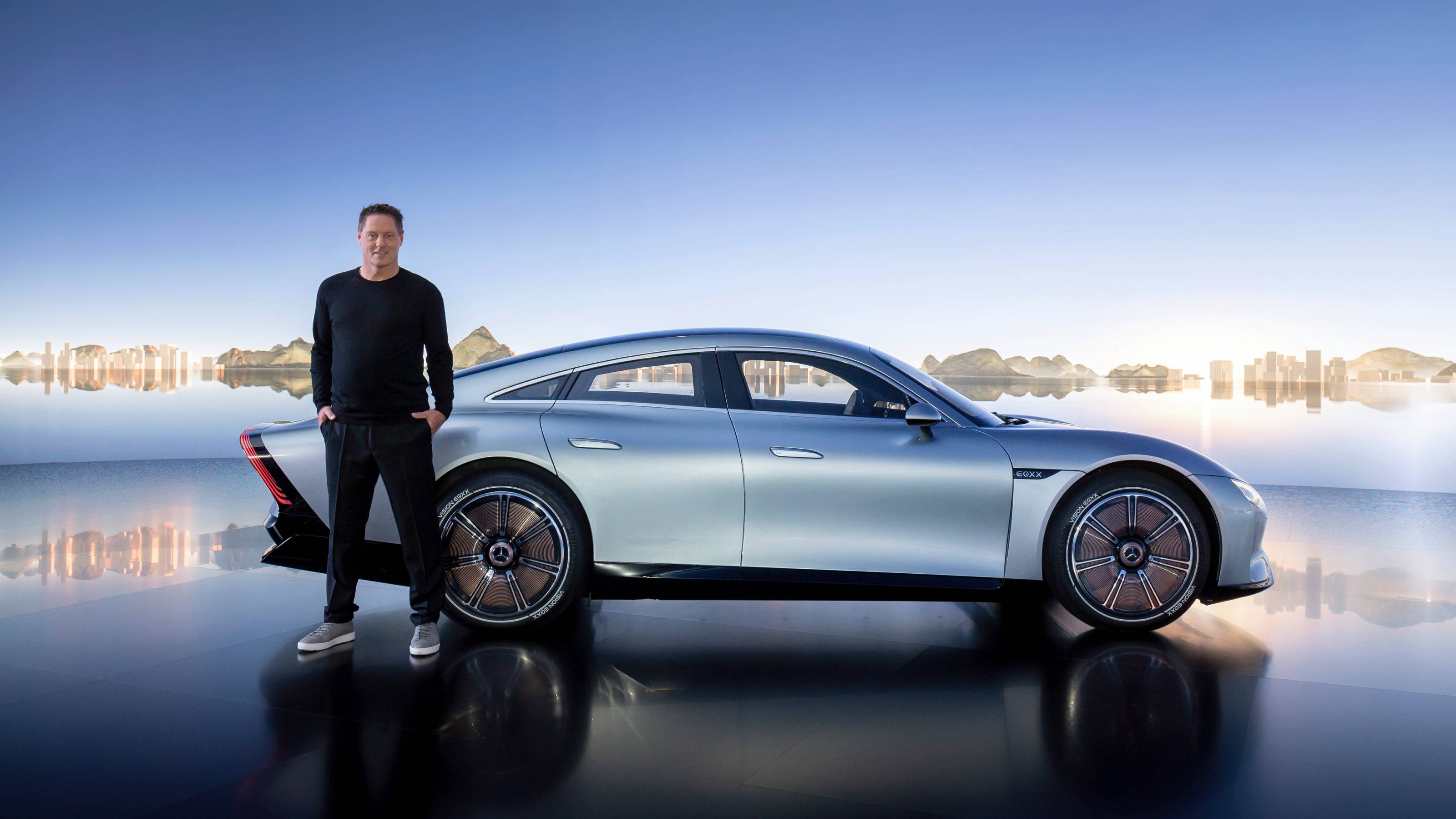 Gorden Wagener leaves the helm of Mercedes-Benz design after 28 years with the company
Gorden Wagener leaves the helm of Mercedes-Benz design after 28 years with the companyThe German designer is stepping down from the role of chief design officer at Mercedes-Benz. We look back at his influence and impact on the world of automotive and luxury design
-
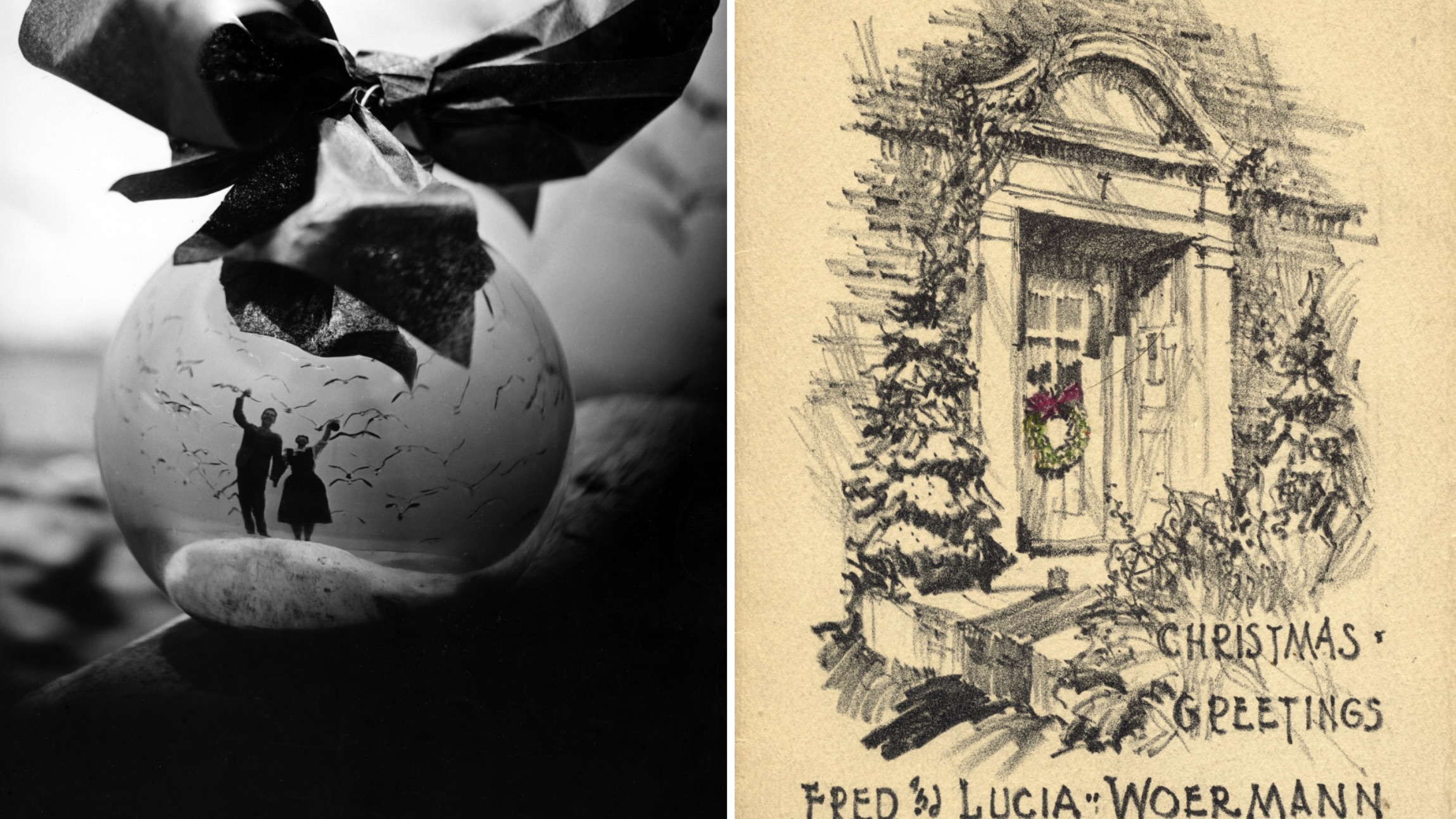 These Christmas cards sent by 20th-century architects tell their own stories
These Christmas cards sent by 20th-century architects tell their own storiesHandcrafted holiday greetings reveal the personal side of architecture and design legends such as Charles and Ray Eames, Frank Lloyd Wright and Ludwig Mies van der Rohe
-
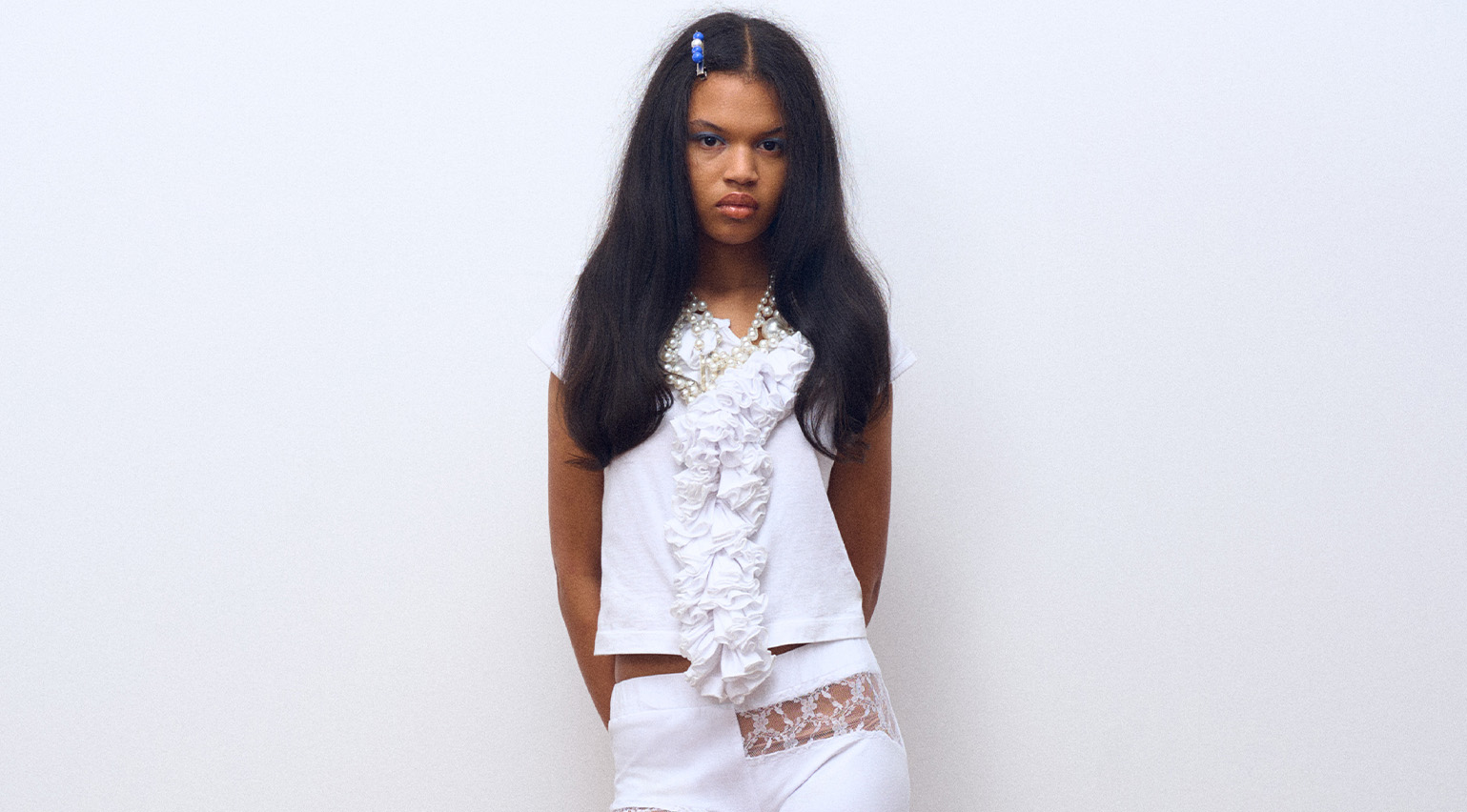 Lucila Safdie’s ‘feminine and surreal’ womenswear is inspired by teenage bedrooms and internet lore
Lucila Safdie’s ‘feminine and surreal’ womenswear is inspired by teenage bedrooms and internet loreThe latest in our Uprising series, the Central Saint Martins graduate is honing a pastel-shaded vision rooted in depictions of girlhood in film and literature